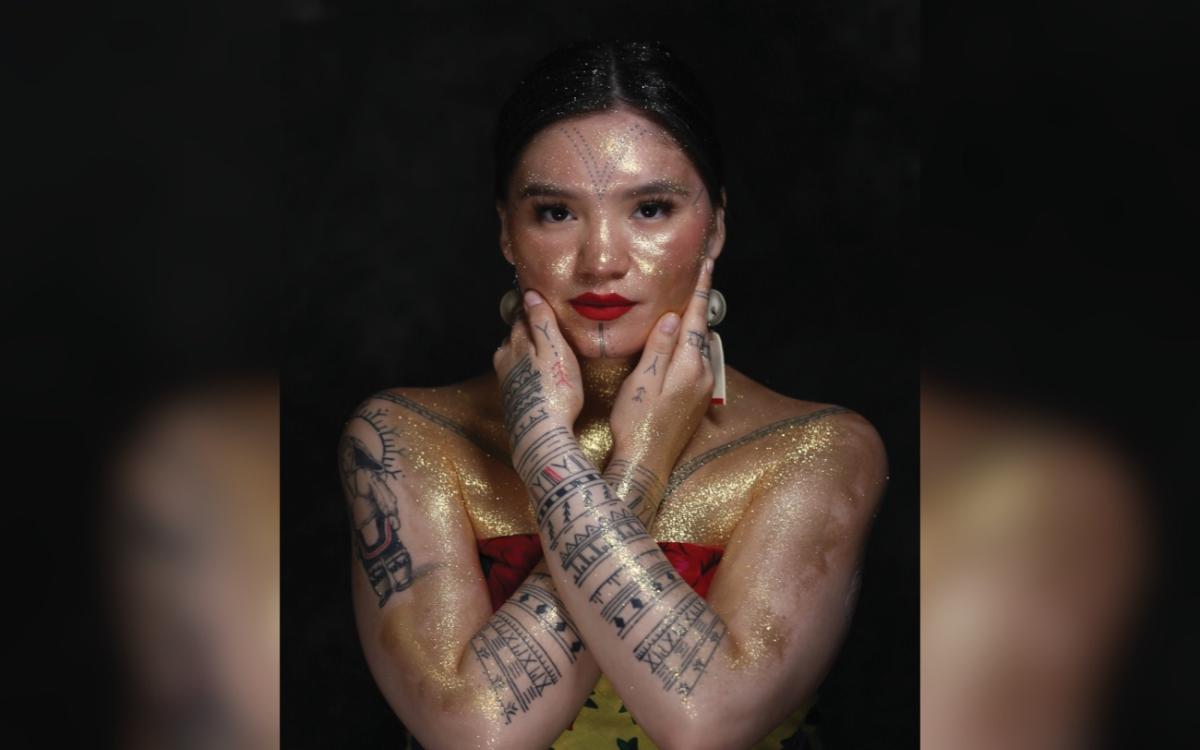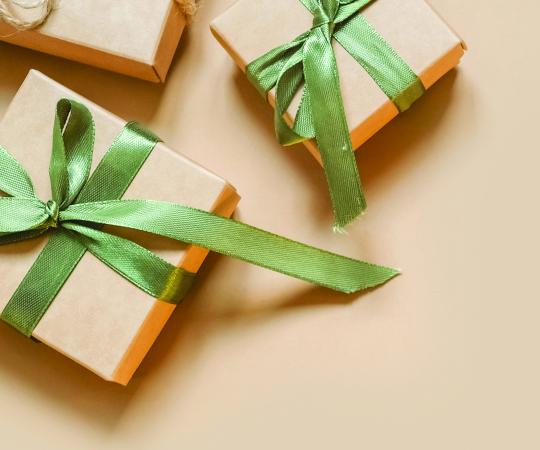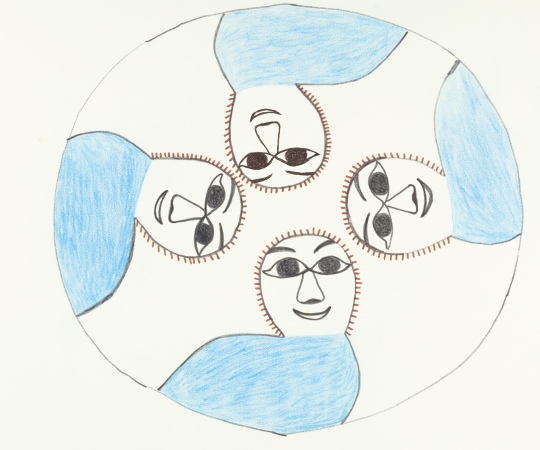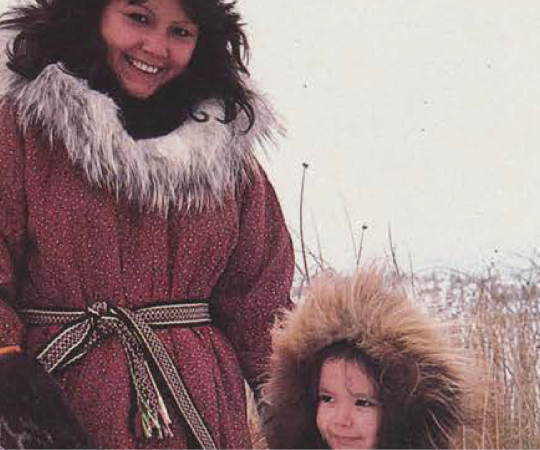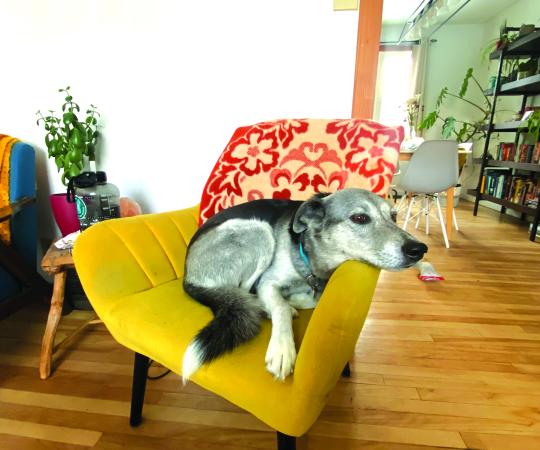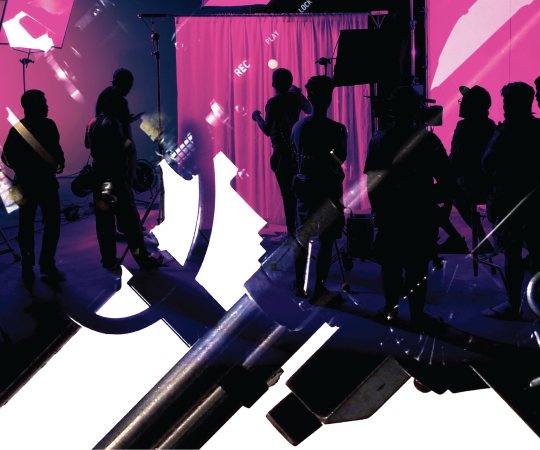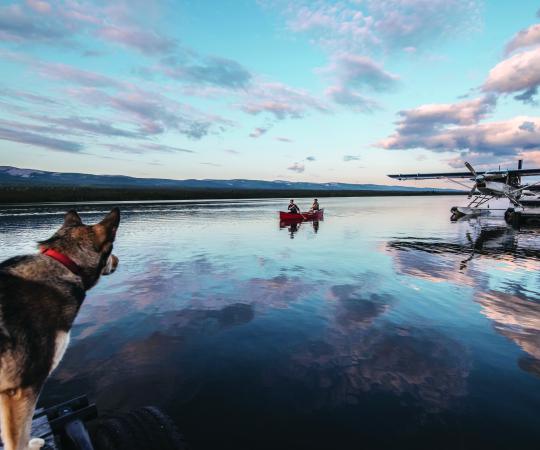Arsaniq Deer stood in front of a black backdrop, her shoulders exposed and glimmering with gold paint. That paint, which also shimmered across her neck and face, made Deer feel like “an Inuk goddess,” she says. That was before she even saw the photographs.
When she did glimpse the images, it was a powerful moment. “I was so proud and overwhelmed with emotion,” Deer says.
The Nunavik-born woman was one of more than a dozen women (and counting) who have taken part in the Gold Series, a collection of portraits by photographer Cora DeVos. Some of the models are mothers who balance 9-to-5 jobs, while others are students, activists and social influencers. (Deer, the daughter of award-winning musician Beatrice Deer, studies fashion design in Montreal.) Although the models live all across the country, each participant has one thing in common: their traditional Inuit tattoos.
For centuries, these kakiniit marked a girl’s transition into womanhood, along with other milestones in their lives, such as marriage or the birth of a child. Each tattoo was something to be proud of. But as with many other parts of Inuit culture, Christian missionaries sought to wipe the practice out, believing the tattoos represented evil.
Women were banned from stitching ink into their skin and the tradition began to fade. Luckily, today’s generation of Inuit have worked to revive tattooing as a way to reassert their culture and traditions. In 2016, Nunavut-born Hovak Johnston founded the Inuit Tattoo Revitalization Project and travelled across the North to ink Inuit women who wanted kakiniit. DeVos, originally from Cambridge Bay, joined Johnston to document the project as a photographer, snapping shots of each experience. Through that project, DeVos heard people’s stories and learned about the symbolism behind every line, dot and shape.
DeVos says her own tattoos don’t just tell the story of her life, but they also symbolize an important part of her culture and identity.
“My finger tattoos aren’t only a tribute to [sea goddess] Sedna, but they also represent the path of life,” DeVos says. “The dots [tattooed on my legs and wrists] represent my sisters and myself and the ‘y’ shape [on my fingers] is a reminder that everyone who comes into my life brings something I can learn from them. My wrist tattoo is a representation of my family.”
With kakiniit lining her fingers, wrists and chest, DeVos found herself itching to photograph the beautiful tattoo work after the project ended. After watching a music video from The Cranberries, where one of the actors was covered in gold paint, DeVos could immediately picture traditional Inuit tattoo work shining underneath the paint, like a symbol of each woman’s vibrancy.
“The project has been near and dear to my heart,” DeVos says. “Who would have thought being painted in gold would make you feel so special?”
For Deer, her body art, as well as DeVos’s photographs, are ways to embrace and celebrate her Inuk culture. She remembers the feeling of gratitude that practically radiated through her body when first getting tattooed in 2017. “It felt like it was a part of me this whole time,” she says. “It was like I was born for these tattoos.”
Looking at the photos again and the smile on each model’s face, DeVos can see how successful she was in capturing each person’s beauty. “The tattoos had been gone for a while, but now it’s time for us to shine,” DeVos says. “Our people are telling our stories now and bringing our culture back to life. We can tell our own stories as far as what these tattoos mean.”
DeVos is a self-trained artist, who has been drawn to portrait photography since she started photoshoots with her best friend at 14 years old. Her love for the art form has only grown since.
“I love being able to show women the beauty their loved ones see [through photography],” she says. “We are special and it’s good to feel special every now and then. I get to show these women how truly beautiful they are and they get to see themselves from another perspective.”
Deer says she still looks at the images from time to time, as it reminds her of her own inner power. She feels lucky every day to wake up and honour her ancestors.
“It’s such a good time to be alive and Inuk,” she says.

